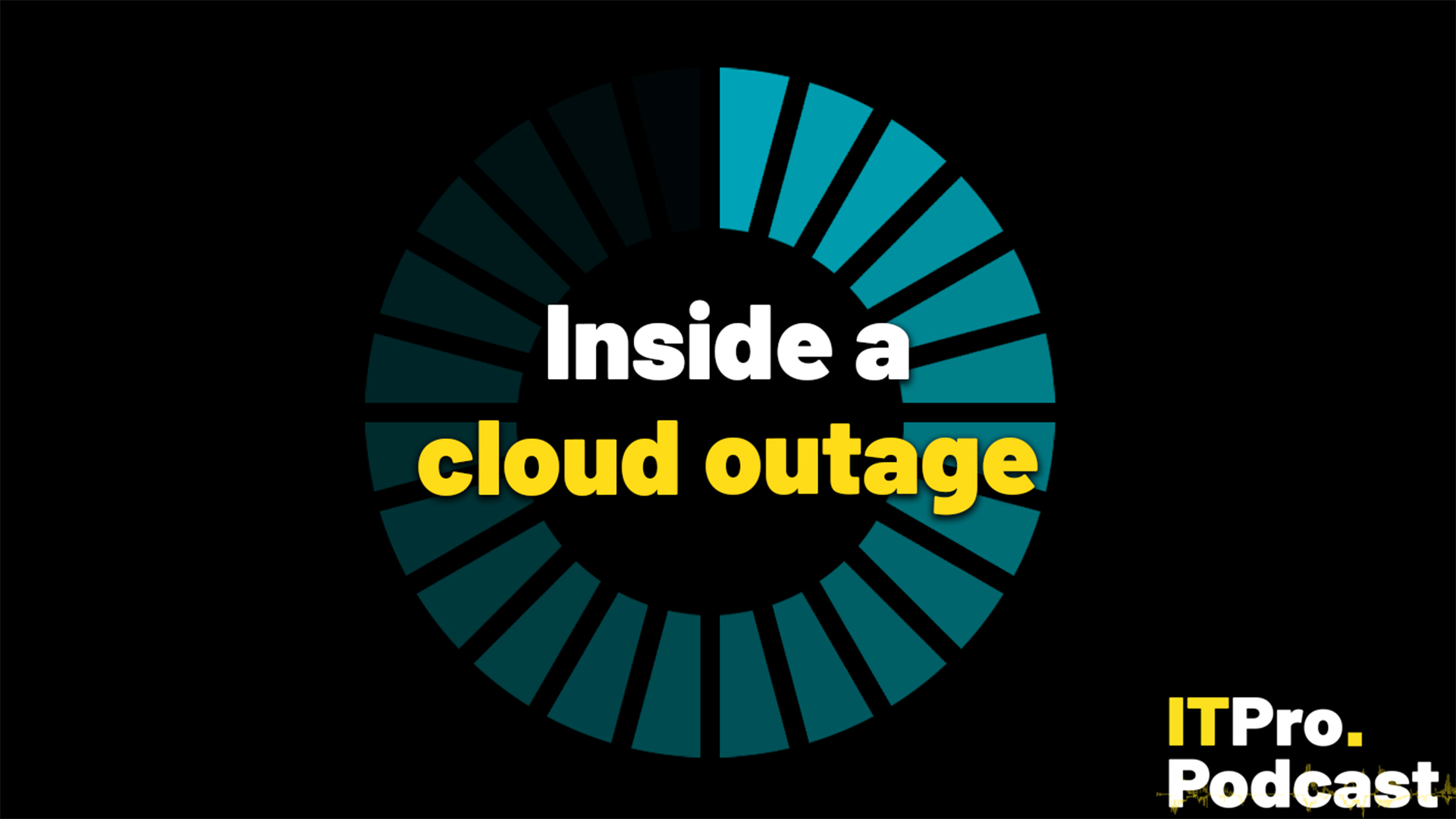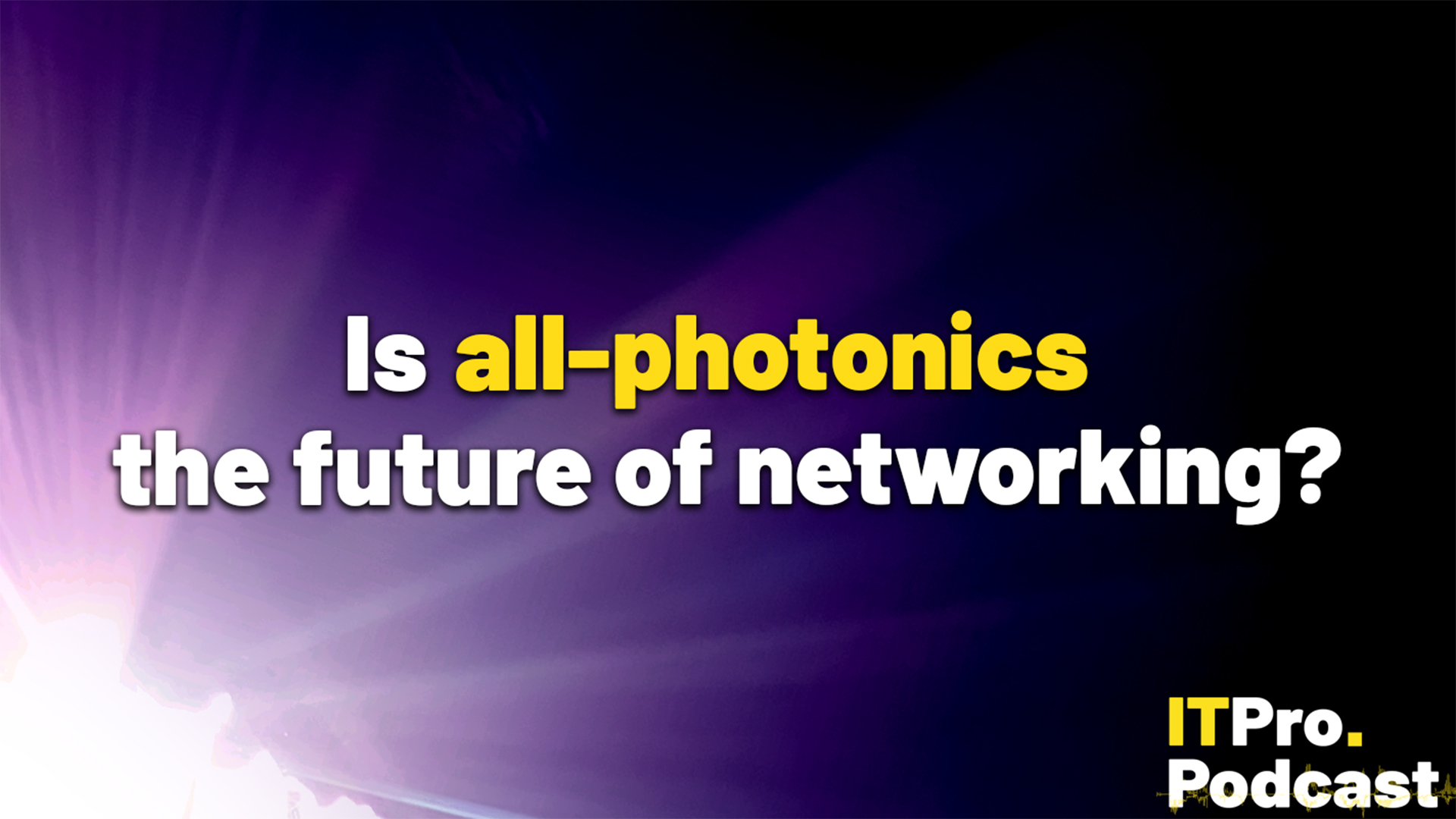The state of enterprise connectivity
Network technology is continuing to evolve as IT teams work to enable edge computing, expanding IoT, and AI needs


Almost any business these days needs its own network to function – whether it’s for internal comms, interaction with the internet, or for controlling complex environments such as smart factory floors, business networks keep the wheels spinning at an enterprise level.
But promises and delivery haven’t always lined up in the networking space, with the likes of 5G and gigabit broadband coming in later than planned and developments such as widespread, real-time edge computing emerging as more important than they might have been expected to be.
In what directions are business networks headed, and which growing trends should we expect to define enterprise connectivity in the coming years?
In this episode, Jane and Rory speak to Kerry Baker, lead industry analyst North America at Ookla, to explore the current network picture for enterprises.
Highlights
“It’s like the Three Body Problem issue – we can't quite get all of the planets to last long enough, to come up with the right use cases where the spectrum and the enterprise and the device ecosystem all get in the right place to where we can actually see some kind of adoption that has growth and traction, instead of just something we can still count in the tens, hundreds, maybe thousands of private networks now. It should be tens of thousands, or hundreds of thousands at some point”
RELATED WHITEPAPER

“We always like to say ‘it's so early days’, and even just like the private networks that also sounds like five years out. Except with AI, it just seems to be moving so much faster that it doesn't feel five years out anymore. And it's something we're going to try to figure out. ”
“Maybe millimeter wave is just going to always be one of those sort of cool tools that we'll keep in our toolkit. But, really, the CBRS thing is far more interesting: it's got a global standard built around it, and we can use unlicensed spectrum. That's where now – back to what I was saying earlier about all the pieces that need to come together to drive that private network – the unlicensed spectrum is certainly a great one to have because then you don't have to have the carriers involved in it. ”
Sign up today and you will receive a free copy of our Future Focus 2025 report - the leading guidance on AI, cybersecurity and other IT challenges as per 700+ senior executives
Footnotes
- What are private 5G networks and can they transform the workplace?
- Why businesses are turning to private 5G
- Ofcom approves 5G mmWave, but what are its benefits?
- What is 6G and how far are we from rollout?
- UK government to run Starlink trials in Snowdonia, Lake District
- SpaceX given FCC nod to provide Starlink Wi-Fi to moving vehicles
- Nokia and Google score breakthrough in Android 13 network slicing
Subscribe
- Subscribe to The IT Pro Podcast on Apple Podcasts
- Subscribe to The IT Pro Podcast on Spotify
- Subscribe to the IT Pro newsletter
- Join us on LinkedIn

Rory Bathgate is Features and Multimedia Editor at ITPro, overseeing all in-depth content and case studies. He can also be found co-hosting the ITPro Podcast with Jane McCallion, swapping a keyboard for a microphone to discuss the latest learnings with thought leaders from across the tech sector.
In his free time, Rory enjoys photography, video editing, and good science fiction. After graduating from the University of Kent with a BA in English and American Literature, Rory undertook an MA in Eighteenth-Century Studies at King’s College London. He joined ITPro in 2022 as a graduate, following four years in student journalism. You can contact Rory at rory.bathgate@futurenet.com or on LinkedIn.
-
 How the UK public sector could benefit from strategic channel partnerships
How the UK public sector could benefit from strategic channel partnershipsIndustry Insights Is the channel the answer to the growing cost vs budget problem facing the public sector?
-
 Microsoft wants to replace C and C++ with Rust by 2030
Microsoft wants to replace C and C++ with Rust by 2030News Windows won’t be rewritten in Rust using AI, according to a senior Microsoft engineer, but the company still has bold plans for embracing the popular programming language
-
 TPUs: Google's home advantage
TPUs: Google's home advantageITPro Podcast How does TPU v7 stack up against Nvidia's latest chips – and can Google scale AI using only its own supply?
-
 On the ground at HPE Discover Barcelona 2025
On the ground at HPE Discover Barcelona 2025ITPro Podcast This is a pivotal time for HPE, as it heralds its Juniper Networks acquisition and strengthens ties with Nvidia and AMD
-
 Inside a cloud outage
Inside a cloud outageITPro Podcast Businesses must adopt proactive planning for cloud outages – but what does that look like?
-
 October rundown: AWS chaos and supercomputers surging
October rundown: AWS chaos and supercomputers surgingITPro Podcast As the dust settled on the AWS outage, the US Department of Energy announced a slew of new supercomputers for national security
-
 Is all-photonics the future of networking?
Is all-photonics the future of networking?ITPro Podcast Using light to transmit data rather than relying on electronic components could slash latency
-
 Future-proofing AI infrastructure
Future-proofing AI infrastructureSponsored Podcast Constructing the future of the tech sector can only be done with a strategic approach and access to the best tools
-
 Can better connectivity boost rural business?
Can better connectivity boost rural business?Podcast Rural businesses are still offered speeds far below the UK government’s gigabit target
-
 The dark side of Irish data centers
The dark side of Irish data centersITPro Podcast As Ireland grapples with data center energy demands, we ask if software developers can really benefit from virtual reality